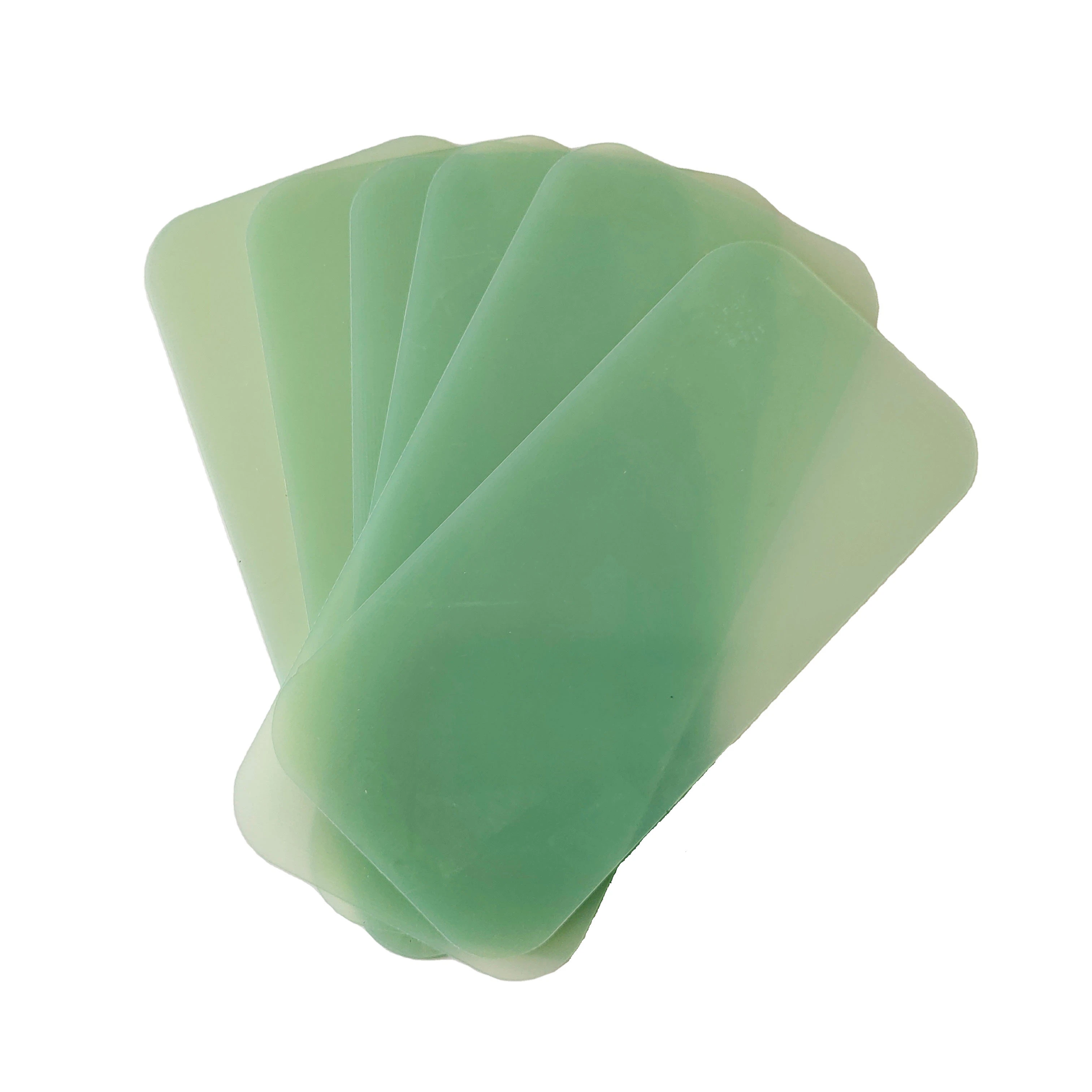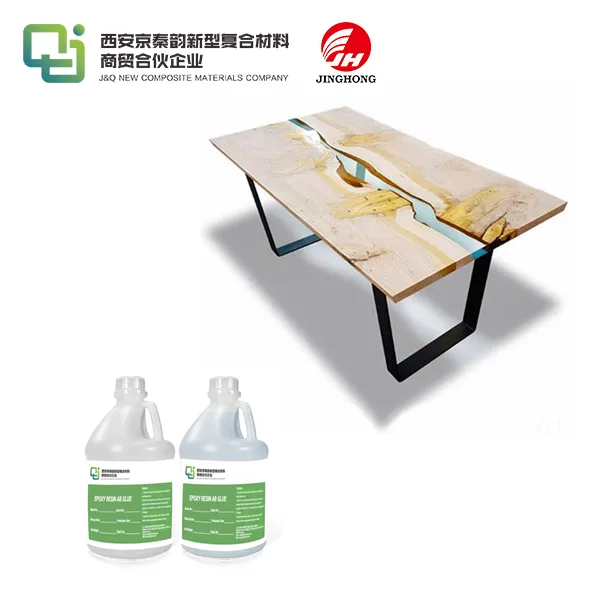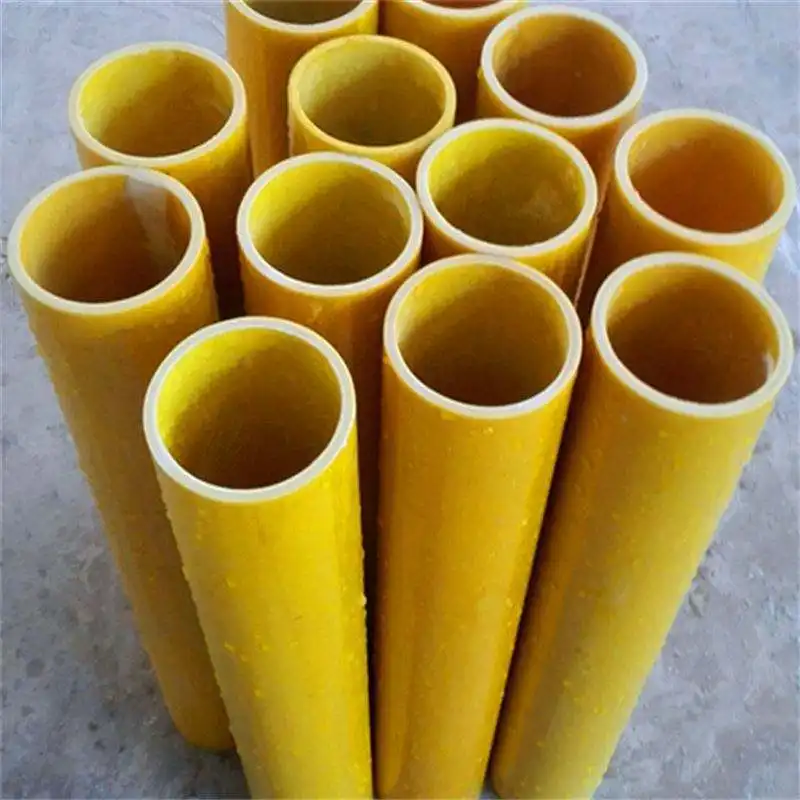Analysis of Epoxy Resin Formulation that Technicians Must Understand
2024-02-01
Epoxy resin is generally used in conjunction with additives to obtain application value. Additives can be selected according to different purposes, and commonly used additives include curing agents, modifiers, fillers, diluents, and others.
Among them, curing agents are essential additives, and are required for adhesives, coatings, and castings; otherwise, the epoxy resin cannot cure. Due to different performance requirements, epoxy resins, curing agents, modifiers, fillers, diluents, and other additives also have different requirements.
I. Selection of Epoxy Resin
1. Select based on purpose
For adhesives, it is best to use resins with medium epoxy values (0.25-0.45), such as 6101 and 634; for castings, resins with high epoxy values (0.40) are preferred, such as E51/YD128 and 6101/E44; for general coatings, resins with low epoxy values (<0.25) are usually chosen, such as 901, 904, 907, and 909.
2. Select based on mechanical strength
Resins with high epoxy values have greater strength but are more brittle; resins with medium epoxy values have good strength at both high and low temperatures; resins with low epoxy values have lower strength at high temperatures. This is due to the relationship between strength and crosslinking. Higher epoxy values result in higher crosslinking after curing, while lower epoxy values result in lower crosslinking, leading to differences in strength.
3. Select based on operational requirements
For applications not requiring high temperature resistance and with low strength requirements, resins with lower epoxy values that dry quickly and are less prone to loss can be chosen. For applications requiring good penetration and higher strength, resins with higher epoxy values can be selected.
II. Selection of Curing Agents
1. Types of curing agents
Commonly used epoxy resin curing agents include aliphatic amines, cycloaliphatic amines, aromatic amines, polyamides, anhydrides, resin types, and tertiary amines. In addition, under the action of photoinitiators, ultraviolet light or light can also cure epoxy resin. Curing at room temperature or low temperature generally uses amine-type curing agents, while heating curing commonly uses anhydride and aromatic curing agents.
2. Dosage of curing agents
(1) Calculation for amine-based crosslinking agents:
Amine dosage = mg/hn
Where: m = amine molecular weight, hn = number of active hydrogen atoms, g = epoxy value (number of epoxy equivalents per 100 grams of epoxy resin)
The range of change should not exceed 10-20%. Excessive use of amine for curing can make the resin brittle, while insufficient use can lead to incomplete curing.
(2) Calculation for anhydride-based agents:
Anhydride dosage = mg(0.6~1)/100
Where: m = anhydride molecular weight, g = epoxy value, (0.6~1) is the experimental coefficient
3. Principles for selecting curing agents
(1) Select based on performance requirements: Choose appropriate curing agents based on different requirements such as high-temperature resistance, flexibility, and corrosion resistance.
(2) Select based on curing method: Products that cannot be heated should not use thermally cured curing agents.
(3) Select based on pot life: Choose an appropriate curing agent based on the pot life, which refers to the time from adding the curing agent to the epoxy resin until it is no longer usable. For longer pot life, anhydride or latent curing agents are generally chosen.
(4) Select based on safety: Opt for curing agents with low toxicity to facilitate safe production.
(5) Select based on cost.
III. Selection of Modifiers
Modifiers are used to improve the flexibility, shear strength, bending strength, impact resistance, and insulation properties of epoxy resins. Common modifiers and their characteristics are briefly introduced.
(1) Polythiol rubber: Improves impact strength and peel resistance;
(2) Polyamide resin: Improves brittleness and enhances adhesion;
(3) Polyvinyl butyral: Enhances impact resistance;
(4) Nitrile rubber: Enhances impact resistance;
(5) Phenolic resin: Improves temperature and corrosion resistance;
(6) Polyester resin: Enhances impact resistance;
(7) Melamine formaldehyde resin: Increases chemical resistance and strength;
(8) Furfural resin: Improves flexural properties and acid resistance;
(9) Vinyl resin: Enhances peel resistance and impact strength;
(10) Isocyanate: Reduces moisture permeability and increases water resistance;
(11) Silicone resin: Improves heat resistance.
The amount of polythiol rubber and other modifiers can range from 50-300% and will require curing agents. The usage of polyamide resin and phenolic resin is generally 50-100%, while the usage of polyester resin is typically 20-30%. Additional curing agents may be added in small amounts to expedite the reaction.
Generally, the more modifiers used, the greater the flexibility, but the heat distortion temperature of the resin product will correspondingly decrease. To improve the flexibility of the resin, toughening agents such as dibutyl phthalate or dioctyl phthalate are often used.
IV. Selection of Fillers
The function of fillers is to improve certain properties of the product, improve the heat dissipation conditions during resin curing, reduce the amount of epoxy resin used, and lower costs. Different fillers can be selected depending on the application. It is best for the size of the fillers to be less than 100 mesh, and the amount used depends on the application. Brief introductions to commonly used fillers are as follows:
Asbestos fibers and glass fibers: Increase toughness and impact resistance;
Quartz powder, ceramic powder, iron powder, cement, and corundum: Increase hardness;
Alumina, ceramics, asbestos powder, silica gel powder, and high-temperature cement: Improve adhesion and mechanical strength;
Asbestos powder, quartz powder, and stone powder: Reduce shrinkage;
Aluminum powder, copper powder, iron powder, and other metal powders: Increase thermal and electrical conductivity;
Graphite powder, talcum powder, quartz powder: Improve wear resistance and lubricity;
Corundum and other abrasives: Improve wear resistance;
Mica powder, ceramic powder, quartz powder: Increase insulation;
Various pigments and graphite: Provide color;
In addition, it has been shown that the addition of oxide compounds such as P, As, Sb, Bi, Ge, Sn, and Pb in small amounts (27-35%) can maintain adhesion under high temperature and pressure.
V. Selection of Diluents
The function of diluents is to reduce viscosity and improve the penetrability of the resin. Diluents can be categorized into inert and active types, and the usage generally does not exceed 30%. Common diluents include: diglycidyl ether of bisphenol A, triglycidyl ether of glycerol, glycidyl ether of propylphenol, glycidyl ether of butylphenol, glycidyl ether of ethylphenol, glycidyl ether of propylphenol, inert diluents, xylene, toluene, acetone, etc.
Before adding the curing agent, it is necessary to check all materials used, including the resin, curing agent, filler, modifier, diluent, etc., to ensure they meet the following requirements:
(1) Free from moisture: Materials containing moisture should be dried first, and solvents containing a small amount of water should be used as little as possible.
(2) Purity: The impurity content, excluding water, should ideally be below 1%. When using a small amount, reagent grade materials are preferred.
(3) Understand whether the materials have expired.






_1747991245292.webp)
